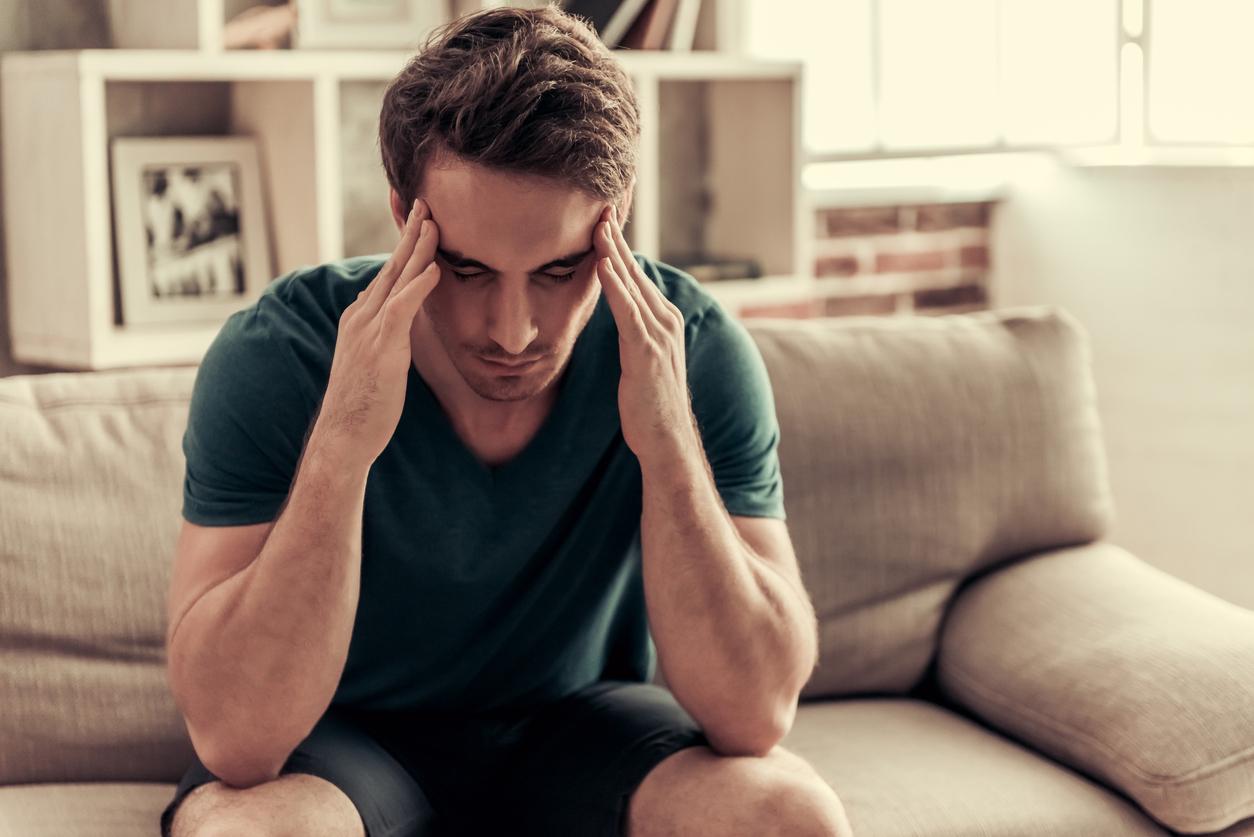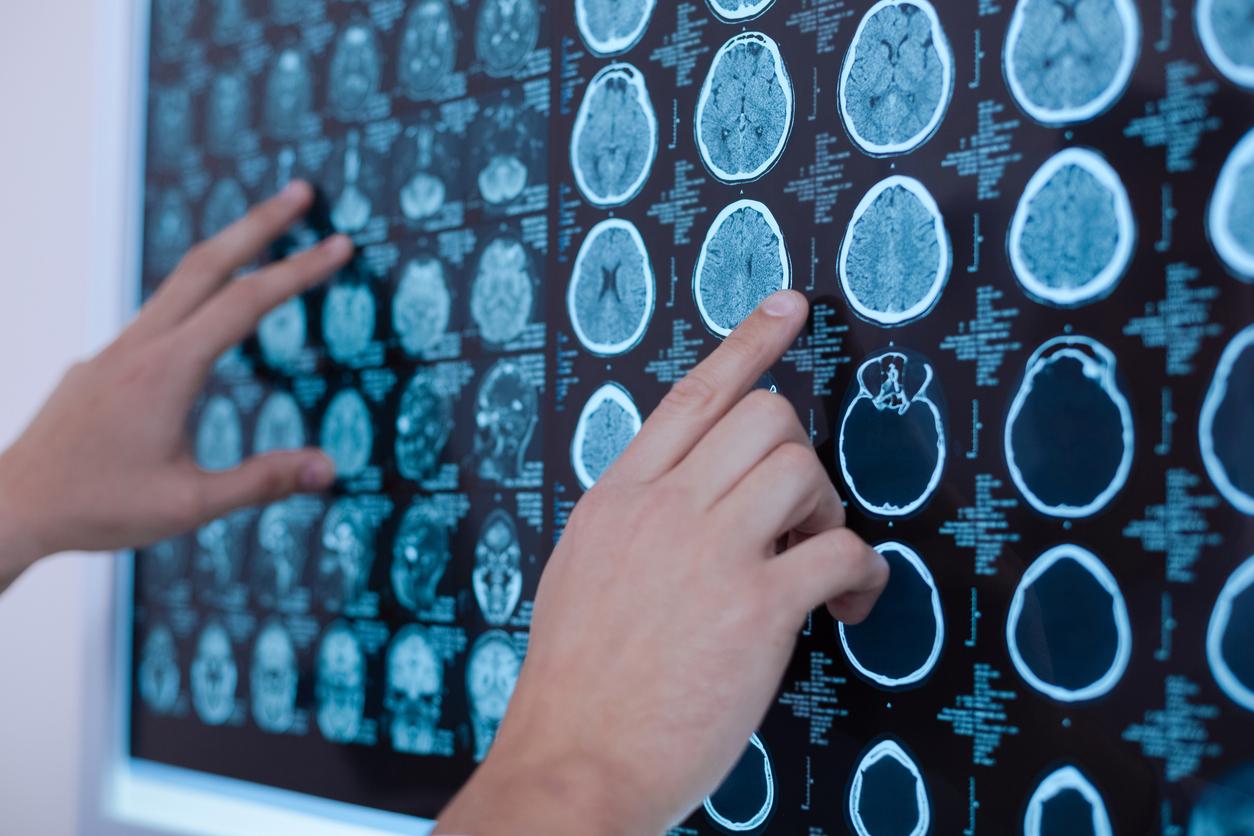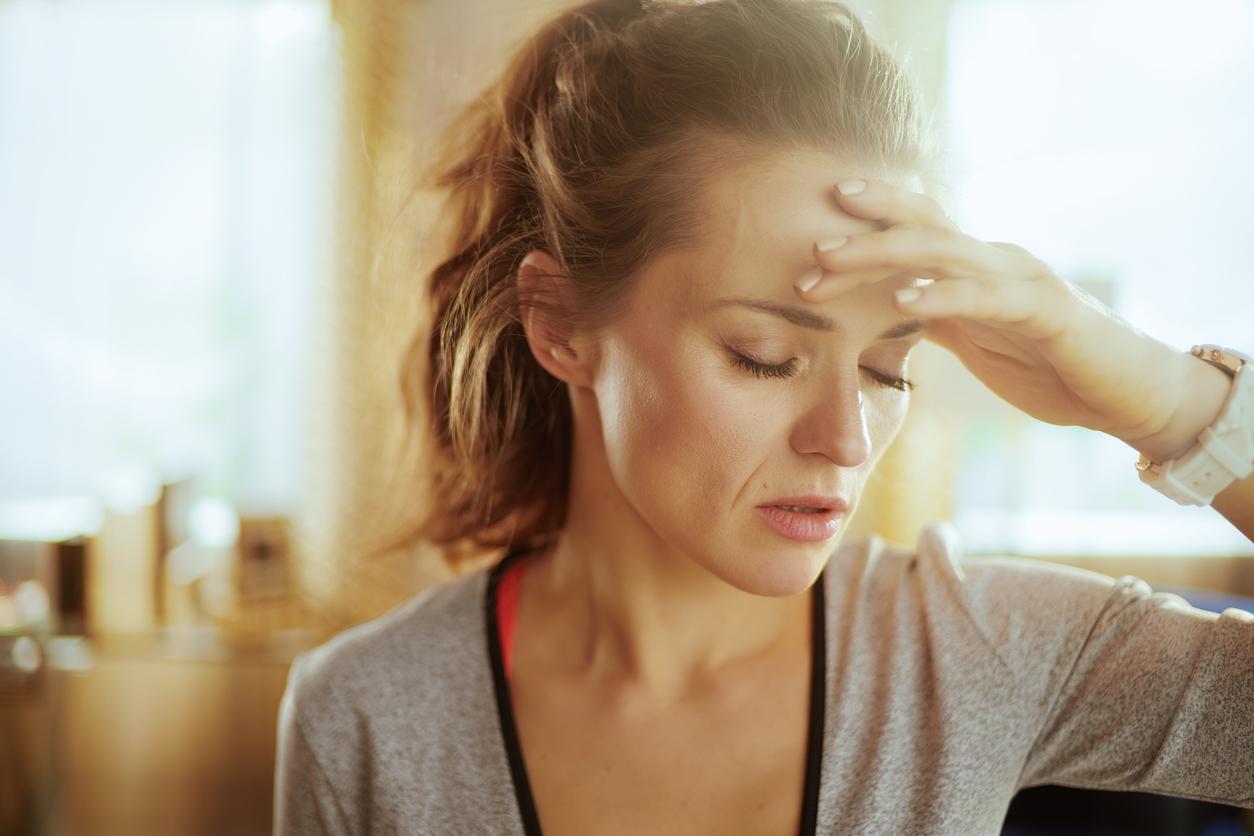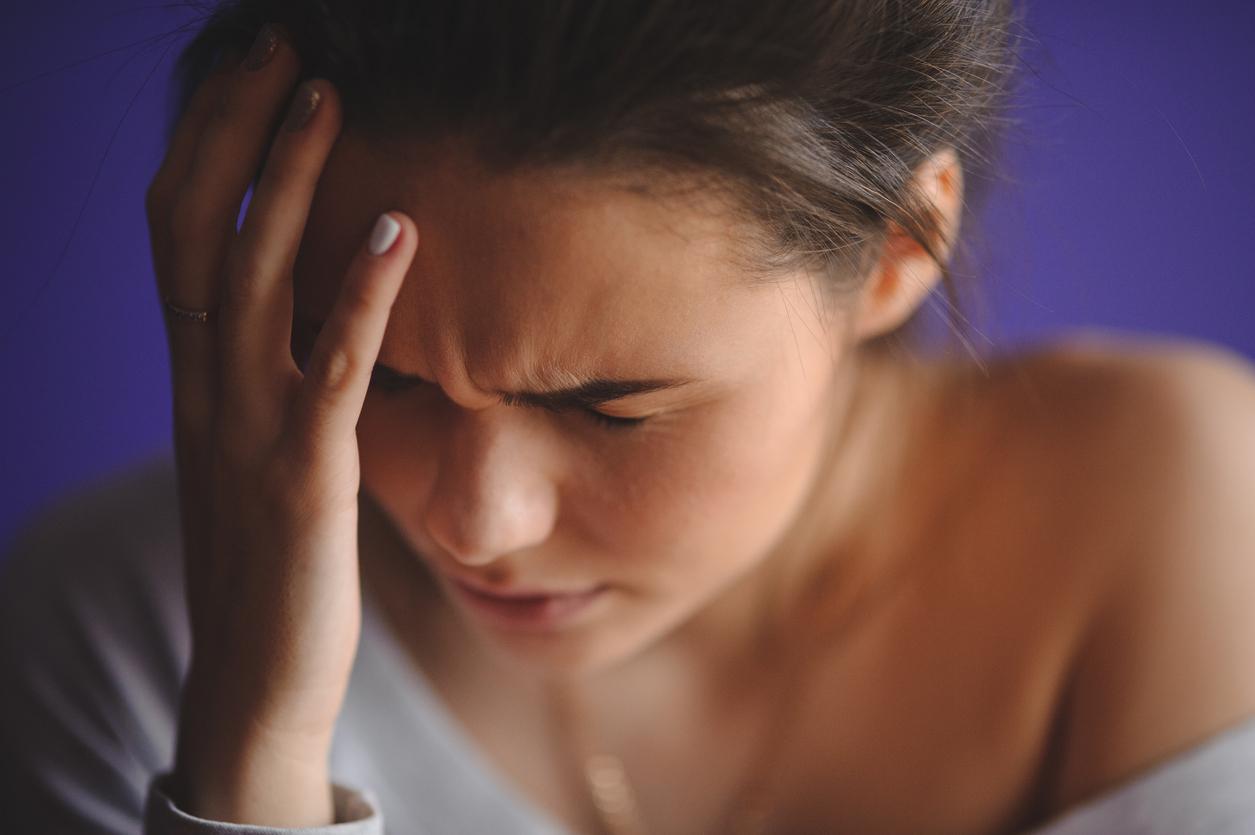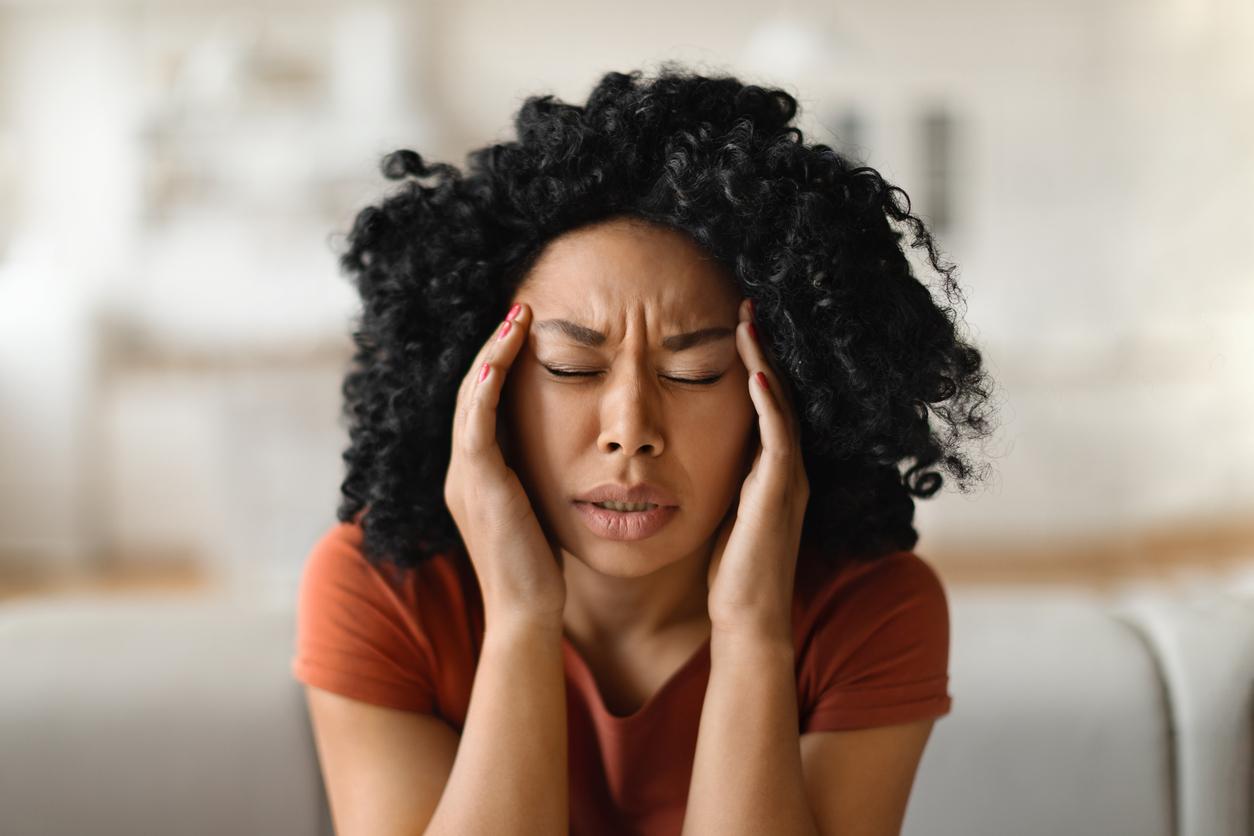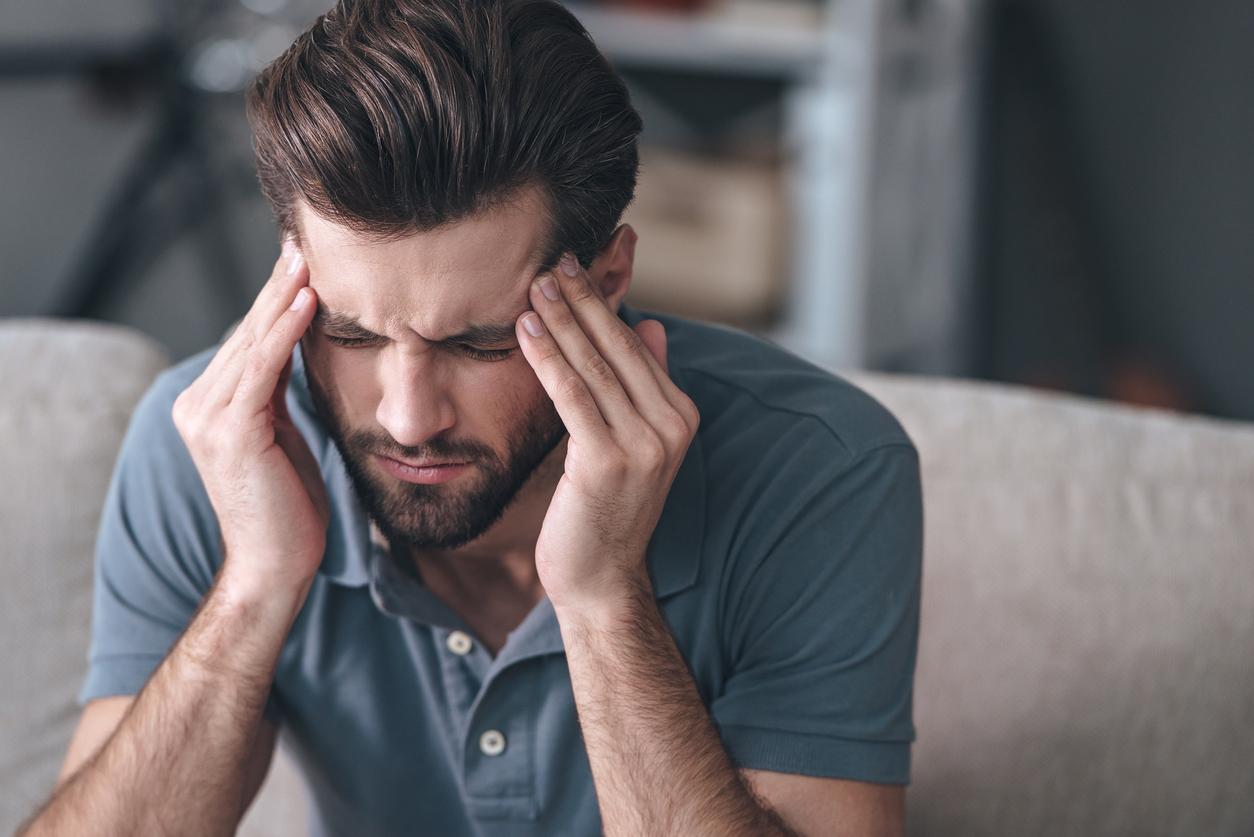May 17, 1999 – There are very few rigorous scientific studies that have evaluated the effects of reflexology, and orthodox critics have often ridiculed this simple, relatively popular technique. The following research, carried out in Denmark between 1993 and 1994, aimed to study the treatment of migraine by reflexology.
Migraine is the most common symptom reported by Danish adults and the prevalence of migraine is roughly the same in all European countries. Usually the treatment of choice is medication, mostly over the counter. Migraine is also the problem for which patients seek reflexology the most. In Denmark, reflexology is the most widely used alternative approach (15% of the population has already used it) and, according to a 1994 survey, more than 40% of these people had used it within the year. Following this phenomenon, the National Health Council on Alternative Therapies, created by the Danish Parliament in 1987, decided to carry out a study on the treatment of migraine by reflexology, in collaboration with various associations of therapists.
The research was carried out around five questions:
What Kind of Migraine Sufferers Choose to Try Reflexology?
Why did they go to reflexology?
What drugs did they use before and during the reflexology treatment?
What were the results of these treatments?
Is it possible to identify factors that can tell if these people have been cured or not by reflexology?
The study was carried out on 220 patients who were treated by 78 reflexologists for a maximum of six months and reassessed three months after the end of treatment. For ethical, practical and economic reasons, it was not possible to conduct a randomized, double-blind controlled study. Each patient was therefore used as their own witness for all of the changes that occurred in their migraines, drug use, behavior, and energy and mental state. It is important to know that, according to the rare research that has studied the course of migraines over the course of people’s lives, migraine headaches are not usually expected to go away on their own in the short term. As short as six months, which was the maximum treatment period included in this study.
On the other hand, unlike research usually undertaken, this was carried out with people who chose reflexology out of personal interest, and therefore motivated, and who paid for their treatments themselves (about US $ 40 per treatment). From a strictly scientific point of view, the results of the study are generalizable only to people motivated to be treated for migraine by reflexology, able to pay for their treatment, ready to complete a treatment diary and to respond to three questionnaires, since these are the conditions under which the research was carried out.
Research results showed that, three months after finishing treatments, 81% of participants reported that their migraine had been relieved or cured, and 19% of people who took medication to relieve their headaches were able to cope. to pass. In other words, reflexology treatments appeared to improve the general state of well-being of patients, their energy levels, their ability to interpret their body’s signals and their understanding of the causes of their headaches. However, since there are several factors other than the reflexological intervention in the treatment (patient motivation, ability to pay, involvement in their treatment, modification of lifestyle habits, etc.), it is not possible to determine precisely whether it is the actual reflexology treatment that caused the change or other factors. The researchers therefore believe that further studies are needed to reach more precise conclusions.
HealthPassport.net
Launsø Laila, DSc (Soc), Brendstrup Eva, MSc, Arnberg Søren, MSc, An exploratory study of reflexological treatment for headache, Altern Ther Health Med. 1999; 5 (3): 57-65









